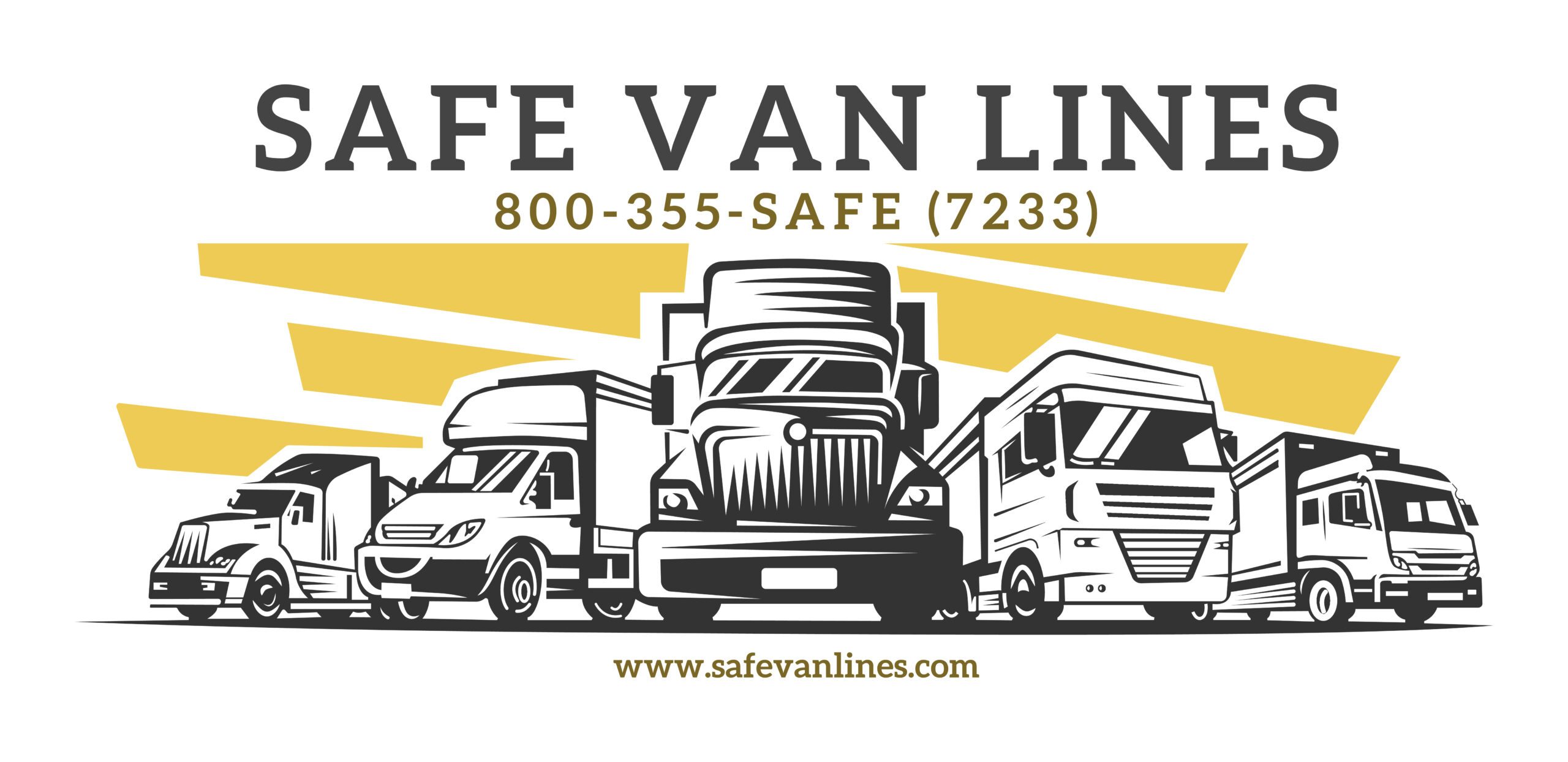
Understanding Moving Insurance: What You Need to Know

When planning a move, most people focus on packing and logistics, but moving insurance is just as important. It provides peace of mind by protecting your belongings in case they are damaged or lost during the move. However, understanding the different types of coverage and what’s included in your moving contract can be confusing. In this blog, we’ll break down everything you need to know about moving insurance and how to choose the right coverage for your move.
1. What Is Moving Insurance?
Moving insurance is a form of protection that covers your belongings during a move. If your items are damaged, lost, or stolen during transit, moving insurance ensures you are compensated for the loss. It’s important to note that moving companies don’t provide traditional insurance but rather “valuation,” which determines their liability in case of damage.
2. Types of Moving Coverage
Moving companies generally offer two types of liability coverage: Full Value Protection and Released Value Protection. Here’s a closer look at each:
Full Value Protection:
This is the most comprehensive coverage option. If any of your items are lost, damaged, or destroyed during the move, the moving company is liable to repair, replace, or compensate you for the item’s current market value. Full Value Protection is more expensive but offers much greater peace of mind.Released Value Protection:
Released Value Protection is offered at no additional cost, but it provides minimal coverage. The company’s liability is limited to 60 cents per pound per item. This means if a valuable item weighing 20 pounds is damaged, you’d only receive $12 in compensation, regardless of its actual value.
3. Do You Need Additional Insurance?
While the coverage provided by the moving company might seem sufficient, it’s not always enough for high-value or irreplaceable items. If you’re moving valuable items like antiques, artwork, or electronics, consider purchasing additional insurance from a third-party insurer. These policies offer more comprehensive protection and can cover the full value of your belongings.
4. What Does Moving Insurance Cover?
It’s essential to understand what is and isn’t covered by your moving insurance. Typically, coverage applies only to items that are packed and transported by the moving company. If you pack items yourself, they may not be covered unless you use professional-grade packing materials and follow specific guidelines. Additionally, certain items, such as jewelry, cash, and important documents, are often excluded from coverage.
5. How to File a Claim
If your belongings are damaged or lost during the move, it’s important to file a claim as soon as possible. Most moving companies have specific timelines for reporting damages, usually within 30 to 90 days of the move. Document the damage by taking photos and keeping receipts for your belongings. Having a detailed inventory before the move will also help make the claims process smoother.
6. Inventory Your Belongings
Before your move, create a detailed inventory of all the items you’re transporting. This not only helps you stay organized but also provides a clear record in case you need to file an insurance claim. Take photos of valuable or fragile items and note their condition before the move. This documentation will be helpful if there’s any dispute over damage later.
7. Tips for Choosing the Right Coverage
Here are a few tips to help you choose the right moving insurance coverage:
Assess the Value of Your Belongings:
Take stock of your belongings and estimate their total value. If you have a lot of valuable items, Full Value Protection or third-party insurance might be a better option.Review the Moving Company’s Policy:
Ask the moving company for detailed information about their insurance and coverage options. Make sure you understand what’s covered and any exclusions.Consider the Distance and Risk of Your Move:
Long-distance moves carry more risks, such as weather conditions and handling by multiple parties. The farther the distance, the more likely something could go wrong, so consider this when choosing coverage.
8. Protecting High-Value Items
If you own high-value items like fine art, collectibles, or expensive electronics, standard moving insurance might not offer enough coverage. In these cases, ask the moving company about additional protection plans or purchase a policy through a third-party insurer that specializes in high-value items. Make sure to document these items thoroughly before the move.
Moving insurance is an essential part of the moving process, helping to protect your belongings in case of damage or loss. Understanding the different types of coverage, knowing what’s included, and taking the necessary steps to properly insure your items can save you from potential headaches. Whether you opt for Full Value Protection, Released Value Protection, or additional third-party insurance, make sure you choose the right plan for your needs.
BLOG
Related Articles


Corporate Relocating Made Simple: Streamlining Your Office Move

